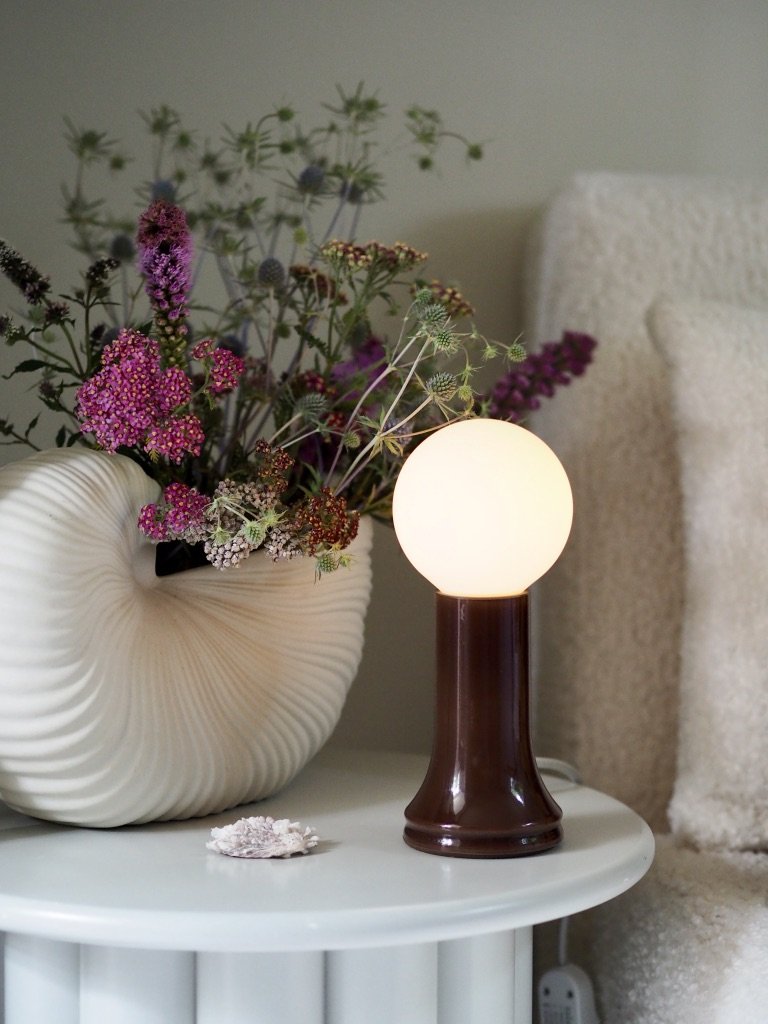Sustainable Design and Furniture: A New Era of Interiors
Featured Partner Placement Post
There has been a huge mindset shift when it comes to purchasing furniture and accessories for our homes. Like fast fashion, concerns around fast furniture have been raised and many people are now seeking out pre-loved and vintage homeware (which is often cheaper to purchase and better quality). However, if that Cottagecore look is not really your style, there are many furniture and homeware brands out there that are leading the way with sustainable products and designs that do not compromise on style.
If you want to furnish your home in a way that is environmentally conscientious, here are some top tips on what to look out for when it comes to purchasing sustainable interiors:
Environmental Responsibility and Stylish Sustainability
Both the next generation of furniture designers and those already established are moving towards materials and methods which are more sustainable. Many of them are using reclaimed wood to avoid further deforestation and contributing to landfills.
Bamboo is another popular natural material being used due to its rapid growth and remarkable durability, guaranteeing longevity from the pieces created out of it.
However, one of the greatest inventions has to be PET textiles: soft rugs, throws and other soft furnishings astonishingly created out of recycled plastic bottles.
This outdoor rug has been made from 100% recycled plastic.
Yet, sustainability within furniture and homeware design goes beyond just the base material; many eco-friendly pieces now integrate energy-efficient features such as LED lighting, and forward-thinking manufacturers are also harnessing renewable energy sources like solar power to create their products.
AVOID Toxic Coatings
Toxic coatings containing a high level of VOCs, microbeads and plastics are not recyclable and can cause environmental damage once discarded. Instead, opt for non-toxic coatings like natural oils, beeswax, or water-based paints to protect your health and the environment.
Natural oils like linseed are great to use on window frames and wooden furniture as they penetrate deep into the wood surface, protecting it without the need for toxins. Plant-based paints can be purchased in a range of colours and contain no VOCs; any paint that is leftover can be discarded on the compost heap!
Smart Home Technology
Technology is crucial to living more sustainably within our homes. From enabling us to remotely turn on and off our lighting and heating, water irrigation timer systems and smart meters monitoring our energy usage, technology is key when it comes to lowering our carbon footprint.
Here are four ways that smart home technology can transform your daily life:
Lighting control: With smart lighting systems, you can easily lower the brightness of your home lighting for the perfect ambience. You can also set your lights on a timer so that they only come on when required.
Energy efficiency: Smart homes allow you to monitor and control your energy usage - from receiving notifications when devices have been accidentally left on, to recording the difference between a wash at 30° (as opposed to 40°).
Smart plugs will identify what home appliances are using the most energy and will make you aware of what should never be left on ‘standby’ mode.
This LED lamp has been made from recycled brown bottle glass.
Can sustainable furniture be affordable and accessible for all consumers?
Sustainable furniture isn't just for the elite. In fact, many high-street brands are now aware of customer’s desire for sustainability when it comes to their homes - just visit any showroom or online furniture store and you’ll see that many of their pieces use sustainable, natural, recycled or repurposed materials like cotton or hemp.
Conclusion
Being eco-conscious doesn’t have to mean sacrificing style or comfort; sustainable options are as functional as they are beautiful - they just require some research and forethought.








